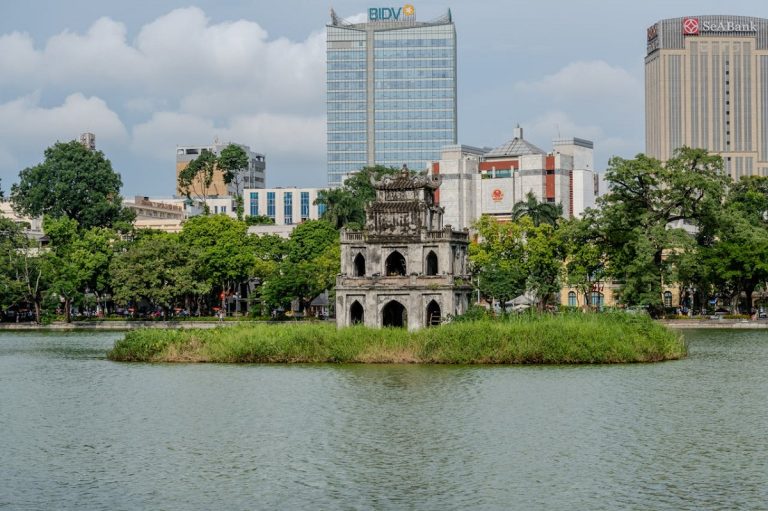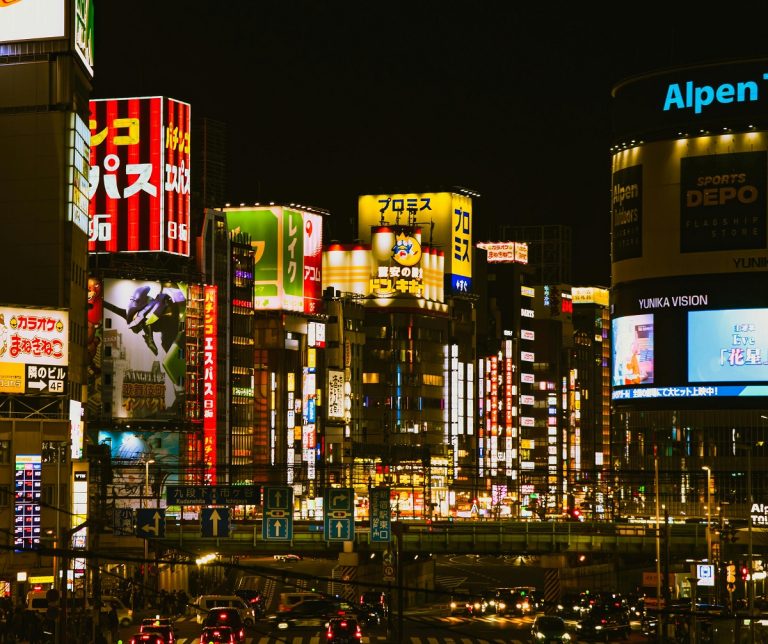With the new National Electricity Plan, South Korea has outlined its energy mix until 2038. By that year, the Plan foresees a significant increase in the share of energy produced from renewables: it would rise from 9.6% to 33%, while nuclear production would rise from 30.7% to 35.2% and LNG (liquefied natural gas) from 26.8% to 10.6%. On the contrary, the share of coal will decrease from 31.4% to 10.1%.
In this context, the Korean government has announced, in the short term, the construction of two new nuclear plants and a modular reactor (SMR). The recent change of government, however, could lead to changes since South Korean Democrats are traditionally in favour of a gradual phasing out of nuclear power.
The energy plan has so far been favourably viewed by the representatives of the energy industry, although some uncertainties remain, first of all the cost of energy. The country shall also face the increase in domestic demand for electricity, which will most likely be driven by the development of Artificial Intelligence and the semiconductor sector. Finally, a problematic aspect not addressed in the Plan is the need to modernize an electricity grid that is still obsolete and poorly branched.
With specific reference to environmental policy, the Ministry of the Environment has stated it intends to respect the commitments made with the Paris Agreement, which provide for the 37% reduction of greenhouse gas emissions by 2030. Based on the National Plan, the government goals include the conversion of the energy mix with a share of at least 20% of renewable sources by 2030. Among the tools envisaged, the reduction in the use of coal and the development of the circular economy through innovative recycling practices. The government is also encouraging the production of electric or hydrogen-powered public means of transport.
In recent decades South Korea has established itself as a leading country in the development of cutting-edge climate technologies, ranking third in the world, after the United States and Japan, for the number of patents in the sector. A recent report by the Bank of Korea highlighted a steady growth in innovative climate tech in key sectors such as batteries, chemical components and electronics, driven by conglomerates such as LG Chem, LG Energy Solution, Samsung Electronics and LG Electronics.
Despite the ambitious plans announced, there are still several structural weaknesses in the Korean system. Among all, the electricity market is still a monopoly of the State-owned company “Korean Electric Power Corporation” (KEPCO), which holds the ownership of the electricity grids, the quasi-monopoly of the production of national electricity and the total monopoly of sales to end consumers. KEPCO itself is currently in a financial situation of heavy debt and would therefore not be able to face on its own the huge investment needed to modernize and further develop the national grid. Finally, the lack of competition and the bureaucratic delays related to the installation of solar and wind plants hinder the development of a real renewable energy market in the country.
It is expected, however, that the Korean government will soon be able to take concrete actions, encouraging investment, including foreign investment, in the ecological transition and in “smart grids”. These developments could increase the dynamism of the sector and make Korea an attractive market at which to look with great interest.










